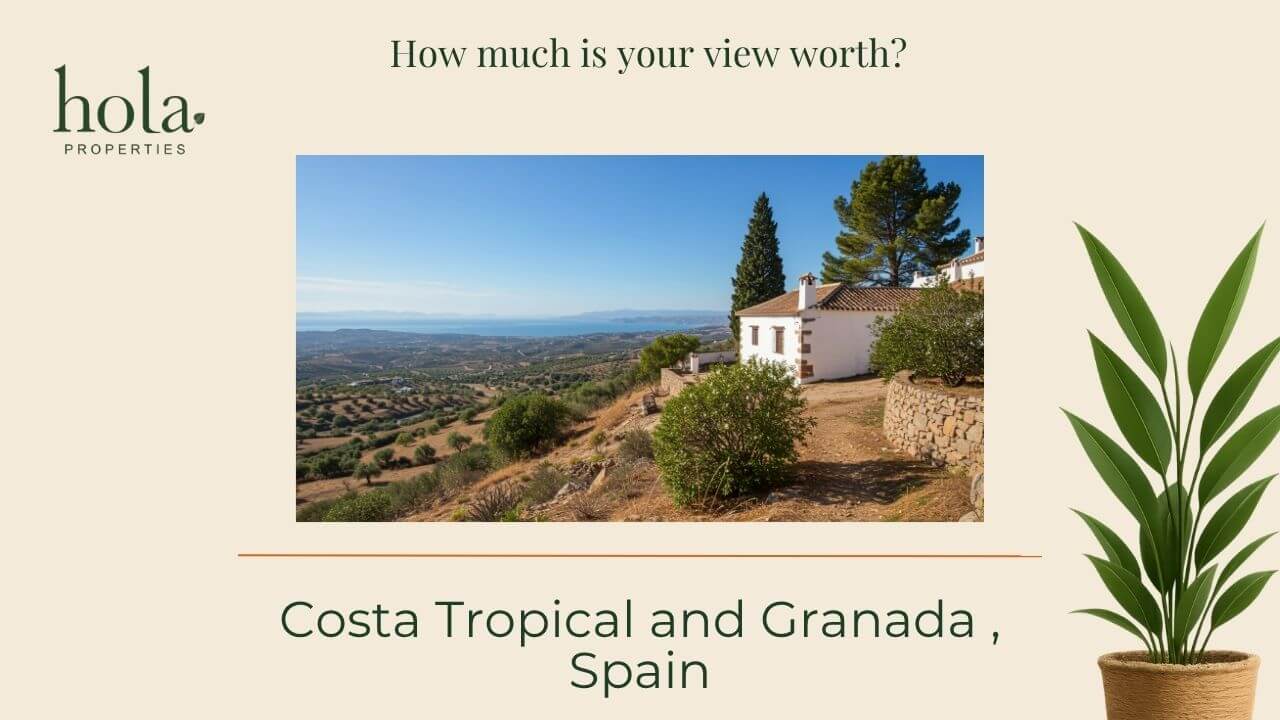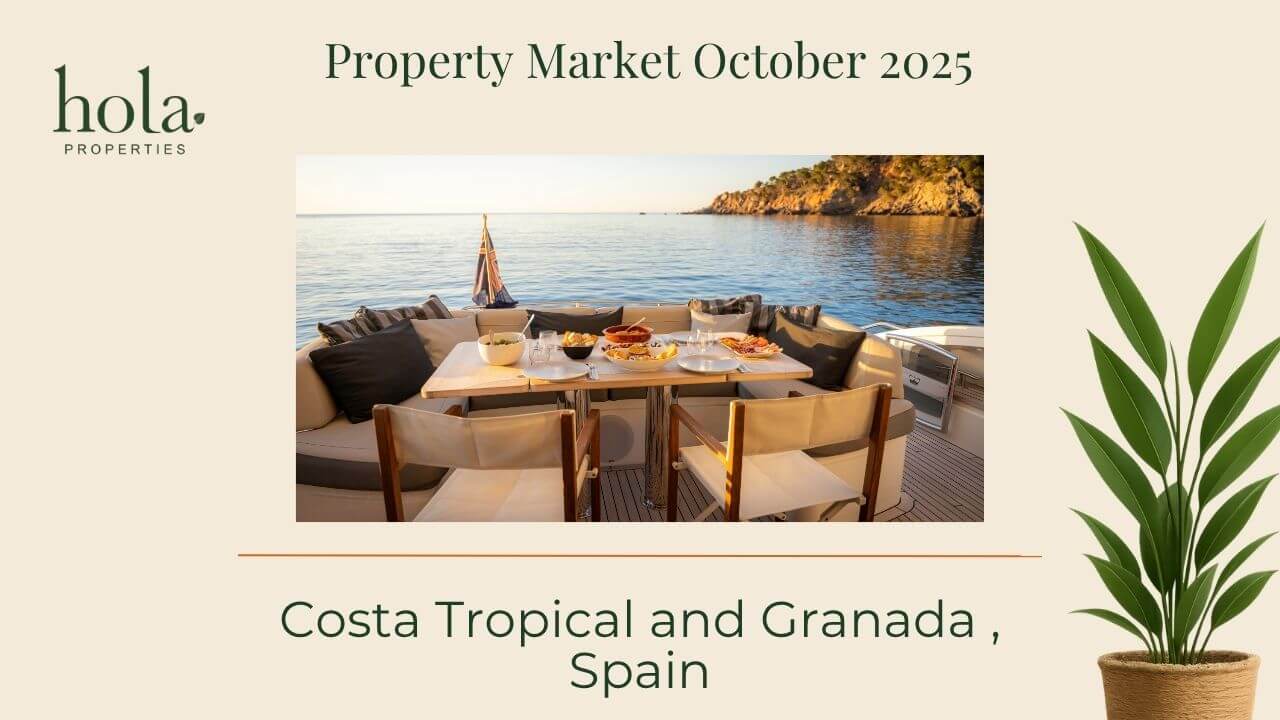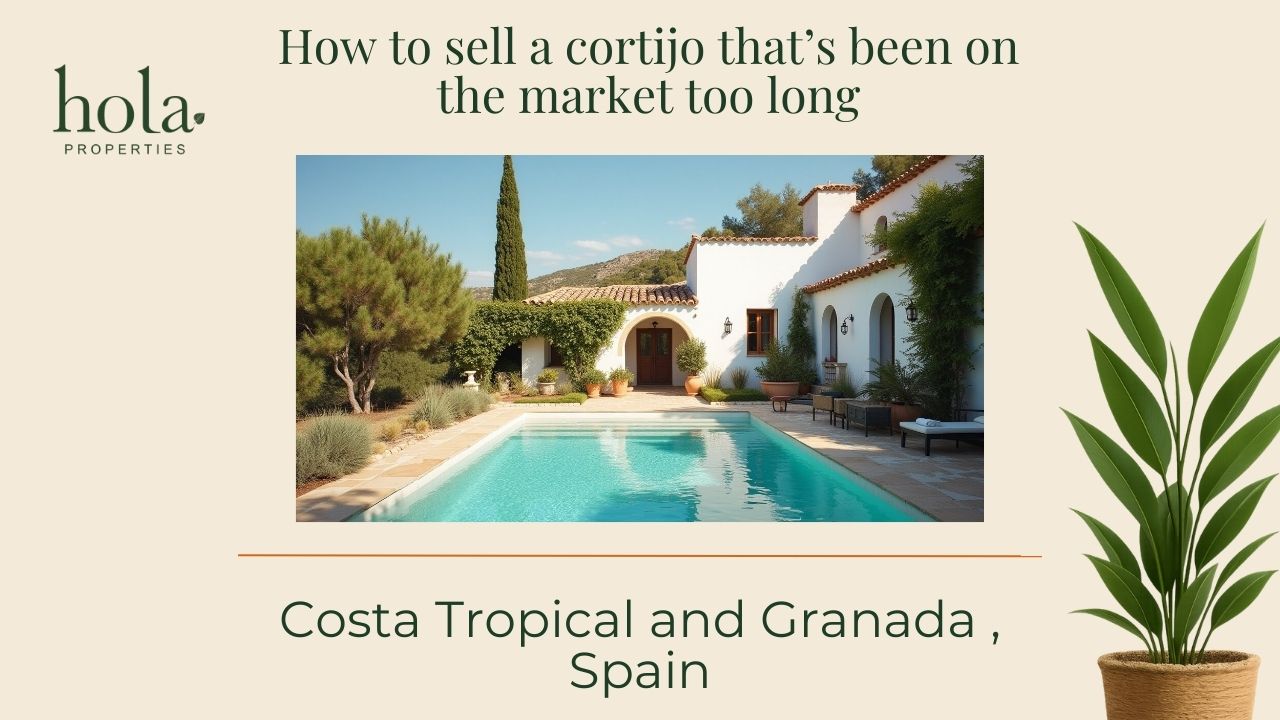The olive oil of Granada, especially from Lecrin Valley, Lanjaron, and Orgiva, is a cherished heritage that mirrors the rich history and culture of Andalusia. This tradition, deeply rooted in the soil of these lands, is nurtured by ancient olive groves that stand as silent witnesses to centuries of cultivation. The recent spike in olive oil prices to 9.20 Euros per kilogram for Extra Virgin Olive Oil in early 2024 showcases the global demand and environmental challenges facing this sector. This region, with its unique climatic conditions and traditional farming practices, has been pivotal in shaping the quality and character of its olive oil, making it a staple in Spanish cuisine and an emblem of the Mediterranean diet.
The history of olive cultivation in Granada can be traced back to the Phoenicians and Romans, who recognized the fertility of this land and its potential for producing high-quality olives. Over the centuries, the Moors refined these techniques, introducing irrigation systems that enhanced the productivity of the olive groves. The cultural significance of olive oil goes beyond its culinary use, symbolizing peace and prosperity throughout history.
Today, despite facing modern challenges such as climate change and market fluctuations, the olive oil producers of Granada remain committed to their ancestral practices while adapting to contemporary demands. The Spanish government’s decision to eliminate VAT on olive oil is a testament to its pivotal role in Spanish households and the broader efforts to support both producers and consumers amid rising prices.
For a more in-depth analysis of the olive oil market trends, including the recent price increases and their implications for producers and consumers alike, Certified Origins provides a detailed market report. This document offers insights into the climatic challenges, the governmental response, and the future outlook for this vital industry.




